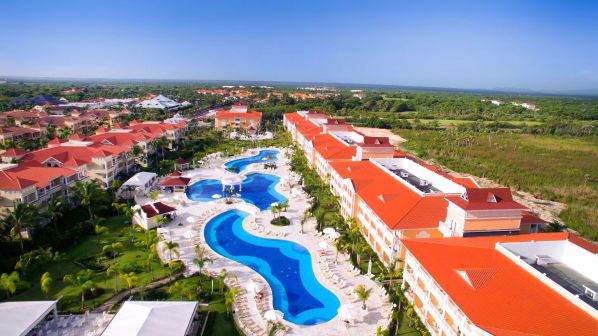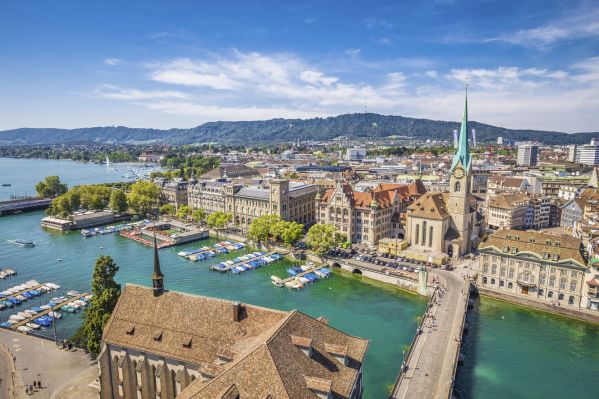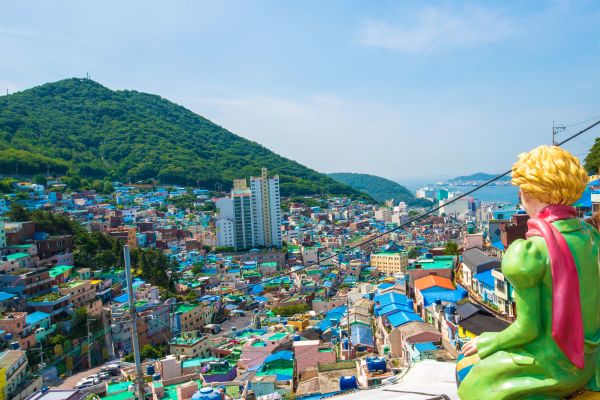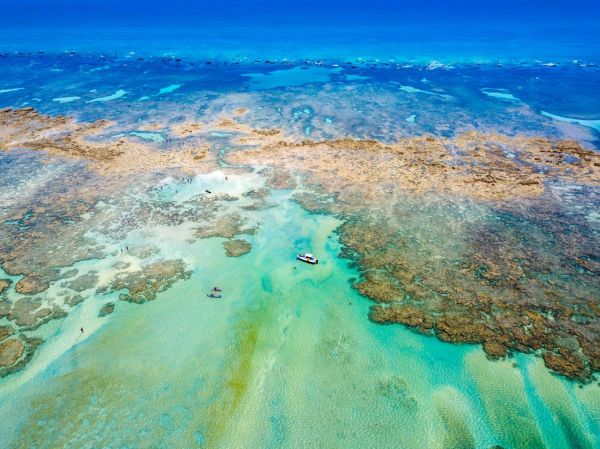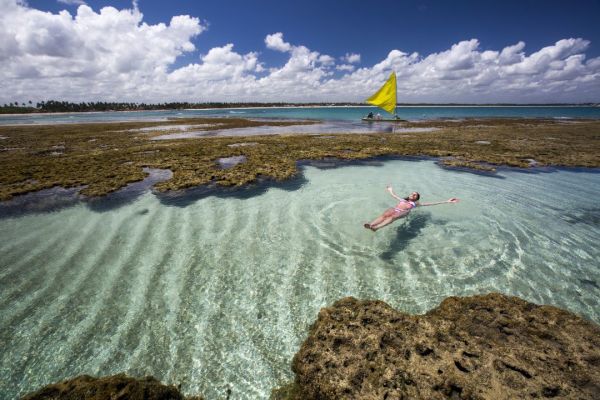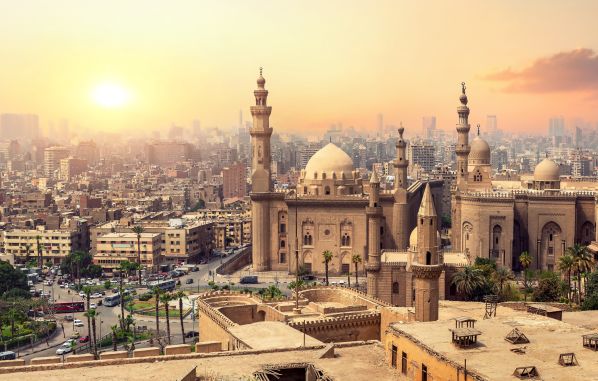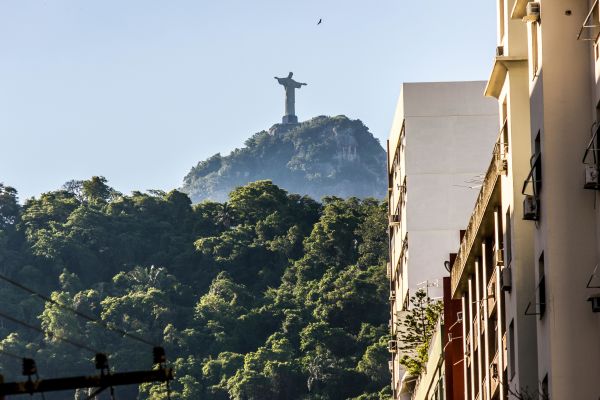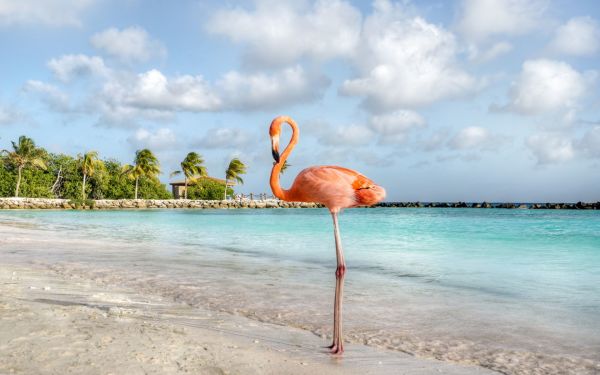Cancun develops digital platform to monitor sargassum in real time

Cancun is preparing to take a step forward in the management of its beaches with the launch of a digital platform that will allow tourists to know, in real time, the presence of sargassum , the clarity of the water and the safety flags before entering the sea.
The initiative, inspired by models implemented in international destinations such as Barcelona and Miami , seeks to offer clear and reliable information.
According to the mayor, Ana Patricia Peralta de la Peña (via Luces del Siglo ), the system is practically ready and only the section dedicated to sargassum monitoring remains to be integrated, which will be fed by daily reports generated by the City Council.
" We want our beaches to remain a safe space for Cancun residents and tourists . The platform will be open to everyone and will be updated with official information ," the mayor stated.
Sargassum: An ecosystem in the sea, a problem on the coast of Cancun
Sargassum is a golden-brown, floating seaweed that originates primarily in the Sargasso Sea in the North Atlantic. Unlike other algae that remain anchored to the seabed, this seaweed floats thanks to small gas-filled bladders called pneumatocysts , which look like tiny yellow balls.

In the open ocean, sargassum forms large patches that constitute a vital ecosystem, a refuge for fish, sea turtles, crustaceans, and birds . However, when it arrives in large quantities on Caribbean beaches like Cancún, Playa del Carmen , or Tulum , the situation changes: the seaweed accumulates on the shore, decomposes in the sun, and gives off an unpleasant odor that detracts from the beauty of the landscape and the experience of visitors.
When sargassum accumulates on the coast, it not only alters the aesthetics of the beaches, but also impacts marine life , reduces oxygen in the water , and damages coral reefs .
Sargassum season in Cancun
The arrival usually begins between March and April , reaches its peak between June and August , and decreases towards the end of September or October .

Although sargassum has always existed, its massive arrival in the Caribbean has intensified in recent years due to various factors. The increase in nutrients in the oceans, resulting from runoff from South American rivers, has favored its growth. Added to this is climate change , which warms the Atlantic waters and creates ideal conditions for the algae to proliferate.
Finally, changes in ocean currents have helped transport these huge patches towards the Caribbean, thus increasing their presence in the region.
Strategies against mass arrival
The Caribbean has not stood idly by in the face of the sargassum's impact. In many destinations , marine barriers have been installed to divert the seaweed before it reaches the coast, while collection vessels work in the open sea to remove it.

In addition, there are the manual teams that clean the beaches every morning and the innovation projects that seek to transform sargassum into fertilizers, biofuels or construction materials .
Thanks to these actions, even in peak season, many hotels manage to keep their beach areas clean and attractive for tourists.
A tool to better plan your trip
According to Report News , the new system will offer an interactive map and an alert system to identify beaches free of sargassum and those with restrictions due to dangerous currents or adverse conditions. This will replace uncertainty with verified information, saving visitors time.

Until now, many tourists relied on social media groups or posts on Instagram and TikTok for information about sargassum. With this official platform, the data will be centralized, accessible from any mobile phone , and with reliable updates.
Digitalization will not only help to better organize a day at the beach. It will also allow for anticipating alternative activities when sargassum affects a large part of the coastline, such as tours to cenotes , cultural excursions, or making use of hotel infrastructure.
With this tool, Cancún seeks to consolidate a broader strategy to improve the tourist experience and strengthen security . Up-to-date information will not only facilitate quick decisions but will also bring confidence and transparency to one of the most visited destinations in the Caribbean.
You might also be interested in: Southeast Asia: 4 paradise destinations you should know about

